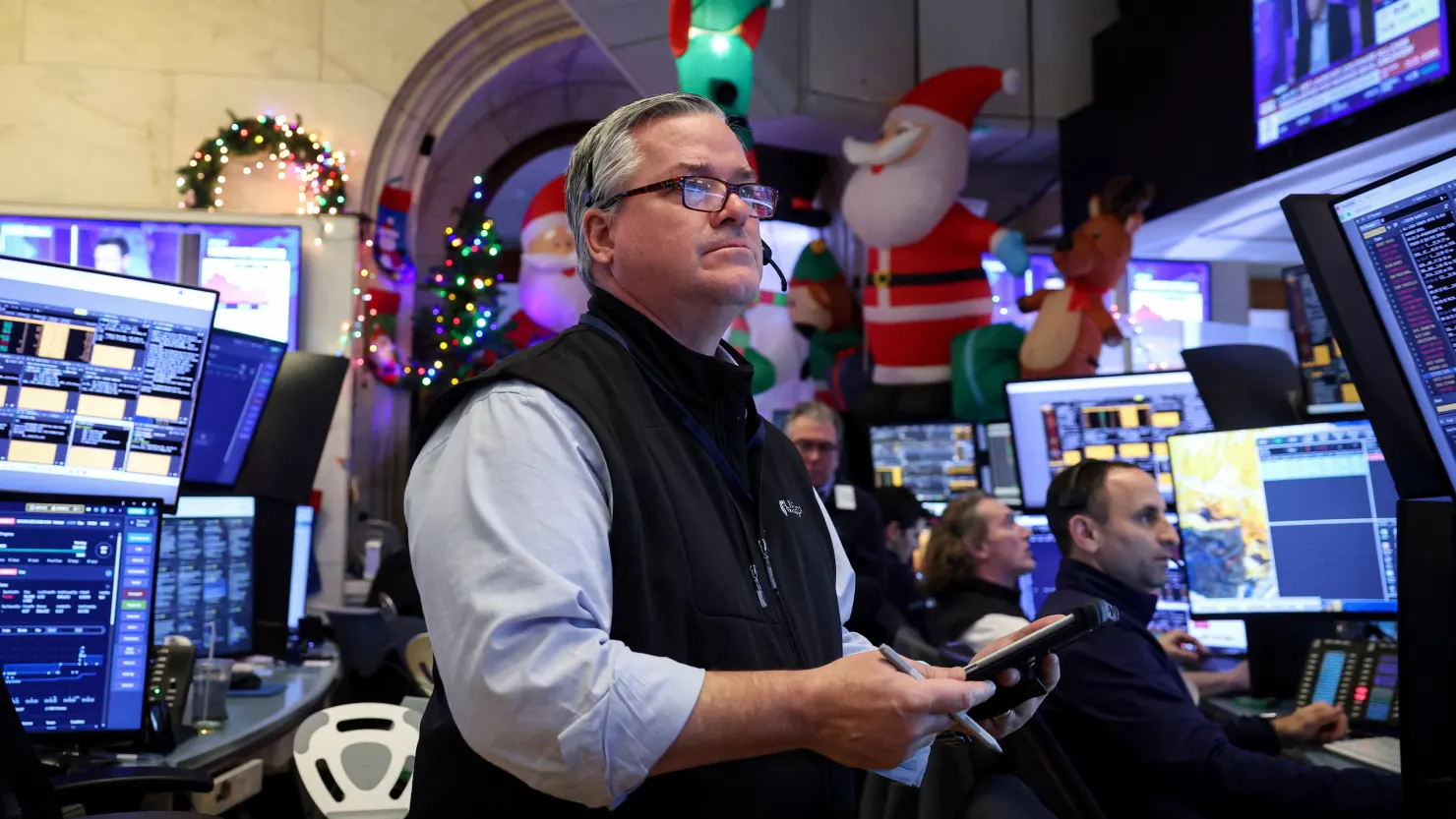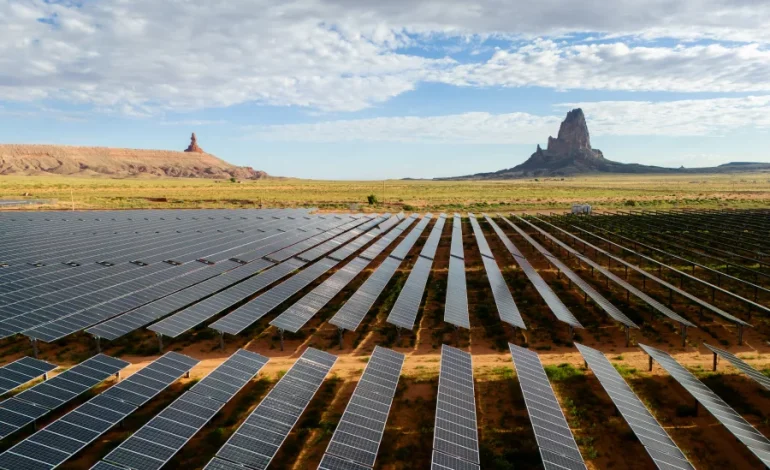The US solar manufacturing industry has seen unprecedented growth in recent years, fueled by major federal incentives and a wave of clean-energy investment, NPR reports.
However, that momentum now faces uncertainty as lawmakers weigh rolling back key tax credits, raising questions about the future of American-made solar technology.
Following the 2022 passage of the Inflation Reduction Act (IRA), the solar sector attracted over $45 billion in investment, according to the Solar Energy Industries Association (SEIA). This surge has led to the construction and planning of dozens of solar panel factories across the country, with SEIA estimating these facilities could create nearly 60,000 manufacturing jobs once fully operational.
But some of those gains could be at risk. Congressional Republicans are negotiating a major tax-and-spending bill—central to President Donald Trump’s second-term agenda—that could begin phasing out clean-energy tax incentives, including those that encourage the use of American-made solar components.
The tax credits in question have played a central role in boosting domestic manufacturing capacity. Companies like Bila Solar in Indiana, founded shortly after the IRA was signed, have built business models around the assumption of stable demand for US-made panels. Mick McDaniel, general manager at Bila Solar, said that removing incentives would likely make it difficult for American producers to compete with cheaper imports from China and Southeast Asia.
“If demand shifts back to lowest-cost products, that’s going to be a hard road for some of us,” McDaniel said.
President Trump has expressed strong opposition to these tax breaks, calling them “green tax credits” that burden taxpayers. His administration argues that removing them will reduce energy costs for families. Still, Trump also supported solar manufacturing in his first term by imposing tariffs on imported solar equipment in 2018—a policy that some analysts say laid early groundwork for the current manufacturing expansion.
While the broader clean energy transition continues, industry leaders caution that a premature end to incentives could undercut the domestic supply chain just as it gains global traction.
“This isn’t about whether solar gets built—it’s about where the materials come from” said Scott Moskowitz, vice president at Qcells, which operates a major solar factory in Georgia. “If these incentives are removed too quickly, developers will source components overseas.”
Supporters of the tax credits also point to strategic considerations. China continues to dominate the global solar market, and advocates say growing a U.S.-based alternative is essential to maintaining economic and energy security.
“You want to be able to offer countries an option besides China,” said Doug Lewin, an energy consultant based in Texas. “That’s a geopolitical and economic opportunity.”
The current law allows solar tax credits to phase out no earlier than 2032—or later if emissions targets are not met. However, the proposed legislation from the Senate Finance Committee would accelerate that timeline, beginning reductions next year.
That uncertainty is already forcing companies to rethink expansion.
“If my market is smaller, what kind of decisions do I make about hiring, investment, and growth?” McDaniel asked.
Analysts predict that even if incentives are curtailed, some solar development will continue, but likely at a slower pace and higher cost. A study by the Clean Energy Buyers Association found that eliminating tax credits could raise electricity prices for consumers, as developers revert to lower-cost foreign panels and natural gas.
“There will still be solar, just less of it and more expensive,” Lewin noted.
Some advocates, including business groups like Citizens for Responsible Energy Solutions, are urging lawmakers to phase out incentives more gradually—suggesting a delay until at least 2027 to allow US manufacturers to scale.
“We’re not saying these credits should be permanent,” said Heather Reams, the group’s president. “But businesses need market certainty. Ending them too soon could damage electric reliability and US competitiveness.”
With the July 4 legislative deadline approaching, the debate is intensifying. Industry leaders and clean energy advocates warn that the outcome could shape the next decade of US solar—and its place in the global energy economy.
“They’re getting ready to walk off the field,” Lewin said, “and cede the 21st century to the Chinese.”










The latest news in your social feeds
Subscribe to our social media platforms to stay tuned